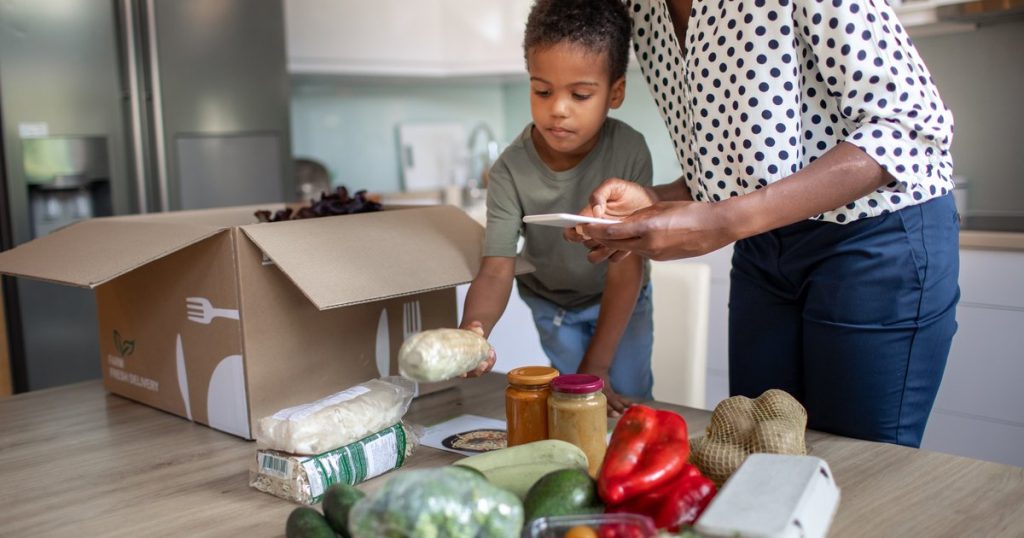How High Streets will need to provide more holistic experience to shoppers.

Following the end of 2020, UK High street has had some real setbacks. According to official figures more than 175,000 jobs along with 17 anchor retailers have gone and the explosion of online shopping is set to be an enduring impact of current pandemic.
Although a lot of shopping has moved online not all shoppers have and not everyone will buy in a same way. The customer is always right, goes the old saying but in the new world, customer is buying where and when they want. That is something that retailers and service providers will need to take on board. For example, food retailers will need to make sure they offer holistic service to their customer, so if someone chooses to shop in person, they might also want to collect online shopping order in person or have it delivered within 2 hours from their local High Street.
According to recent ING survey of more than 4000 customers, 40% of people are now more likely to buy their groceries online than they were before. So, the retailers that will do well are the ones with a clear and solid digital strategy. Such strategies are not easy to create as we cannot cater for everyone and accommodate shoppers everywhere, retailers will have to implement omnichannel offer. This in itself means that they will have to keep innovating, iterating and improving. The likes of Amazon are setting up autonomous stores, with computer vision and machine learning technology, where the basket is scanned, and customers are billed without coming into contact with anyone. Amazon are not the only ones experimenting with this, there are Dutch and Swedish chains that implemented these concepts without machines in the countryside.
What works for Amazon will also work for High Street, the advantage the High street has is it’s physical location, infrastructure, distance from customer. With innovation it could make itself faster than Amazon. Book, makeup kit, groceries could be delivered to your door within 2 hours of ordering by a bike rider or local taxi firm after you order online. You could even set up a recurring order for food/product box that could be delivered at specified time.
Now with their existing customers base and the use of data insights High Street could make shopping and services provision more convenient and personalised. The bottom line is that for innovation to succeed, retailers/service providers would need to focus on customer journey and remove obstacles no matter how shoppers choose to purchase. There are certainly questions arising about customer privacy and making the process seamless, however if they can rise to the challenges ahead the future will look much brighter.
